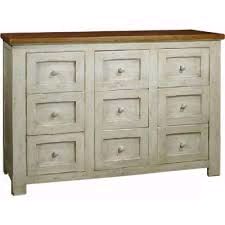How to create a “shabby chic” effect on timber furniture
By Paul Johnson
Consumers pay handsomely for one off vintage or boutique pieces of furniture and the shabby chic look has grown significantly in popularity, particularly along the beaches. If your into DIY projects (which I assume you are since you have come to this page) creating your own shabby chic appearance on a piece of furniture is a fun, easy and rewarding process.
The first thing you need is your piece of timber furniture. This technique can be applied to any timber piece, so have fun and be creative, even a picture frame can have new life breathed into it. If your timber has been previously coated its best to sand it back or use a varnish/paint stripper such as “Citristrip” as any previous coating will inhibit adhesion. If you like to take shortcuts, let’s face it we all do, a good all in one sealer, primer, and undercoat such as Dulux “1 step” can adhere to any type of varnish.
With that out of the way make sure the surface has been wiped down with a clean damp cloth and you are ready to paint!
Starting with your primer/undercoat apply a very light coat making sure to keep the brush lightly loaded with paint, brushing strokes in the direction of the timber grain. The aim is to create a thin and even coat of paint. Once the first coat is dry apply a second coat of primer/undercoat in the same fashion.
When it comes to the top coat its worth putting some time into thinking about what colour will best suit your home and current décor. Try to stick with pale shades of whichever colour you choose, think baby blue or a pale aqua, as this will blend best when you stress the finish later. Apply two coats of your desired colour in the same fashion as your undercoat.
Now for the creative part!
It is up to you how distressed you want your finish to look. Use sandpaper at about 180grit and alternate between light and heavy strokes keeping them in the same direction as your paint strokes. If you want a heavily worn appearance concentrate heavily on edges and corners bringing them back to bare timber in some places.
Start in an inconspicuous place on your piece and gain a feel for how lightly or heavily you need to sand.
Remember that nothing wears evenly! To keep an authentic look sand further back in some patches than others.
Have fun and be creating with your colour choice and sanding technique.
If there are any requests from the DIY readership feel free to email me at: paul@johnsonbros.com.au
Copyright JBH Mitre 10, 2013. All Rights Reserved .

